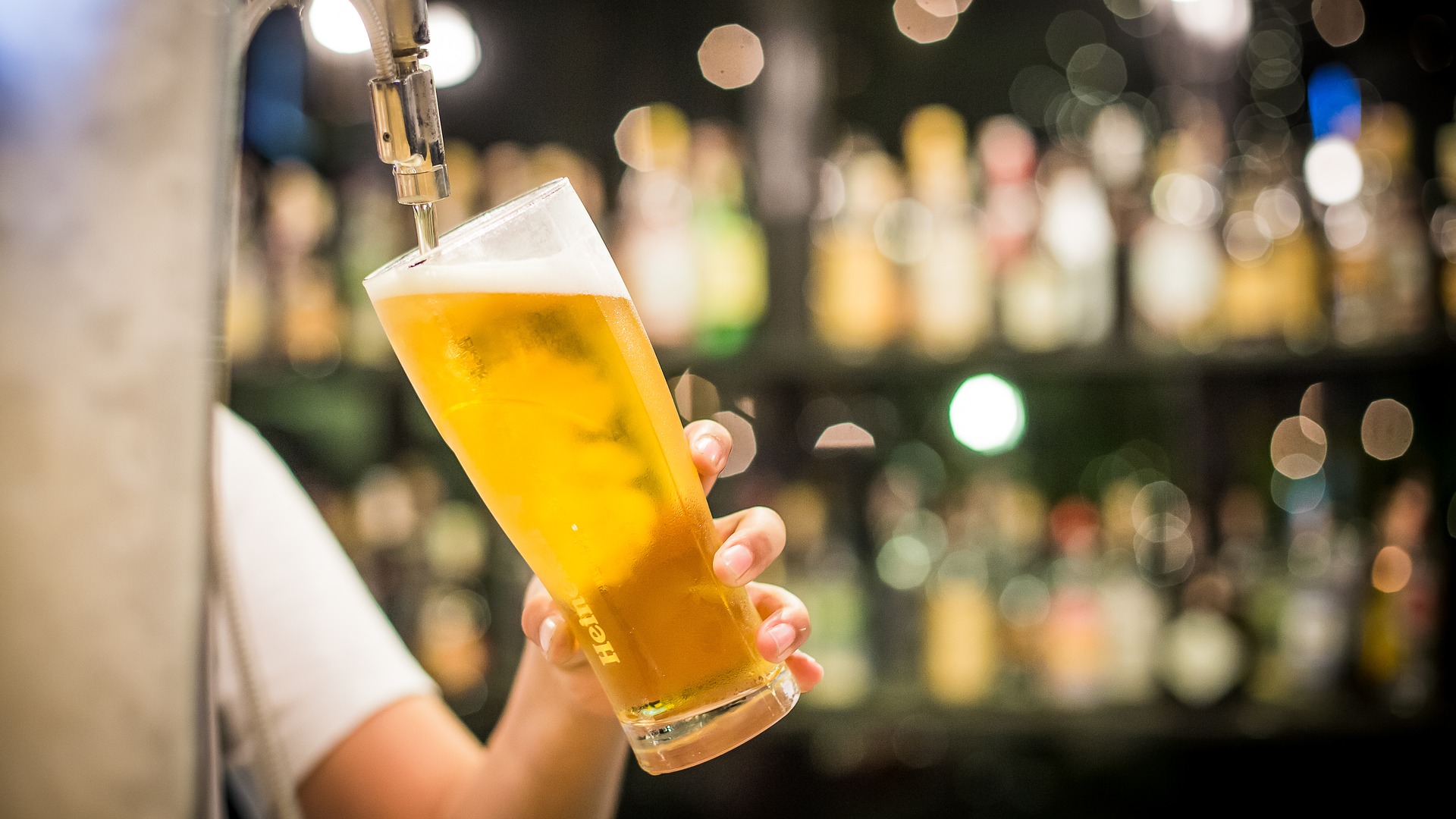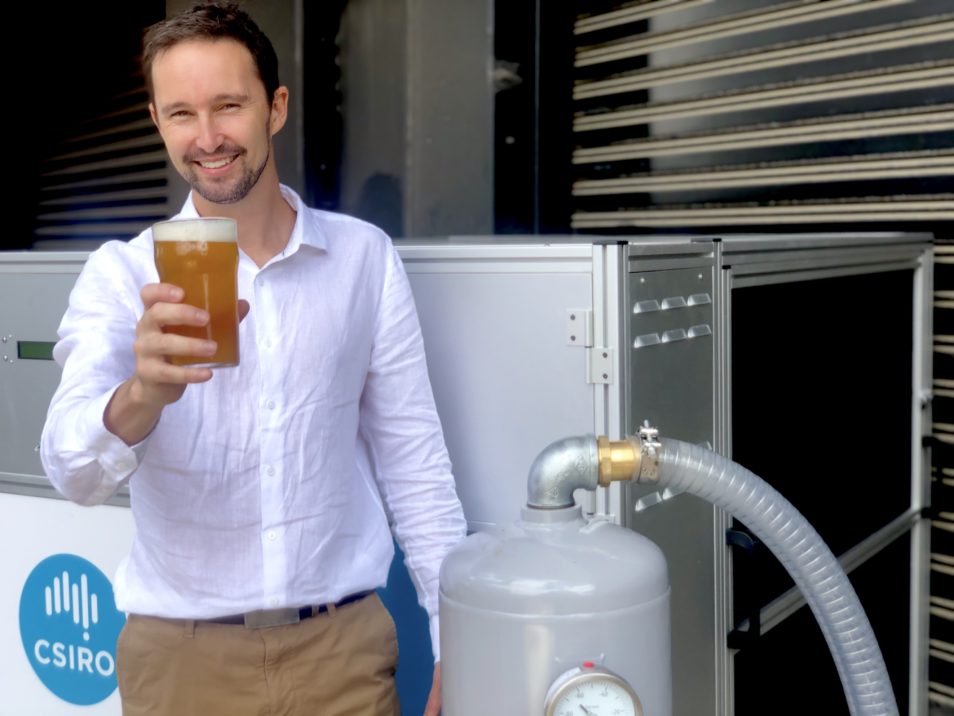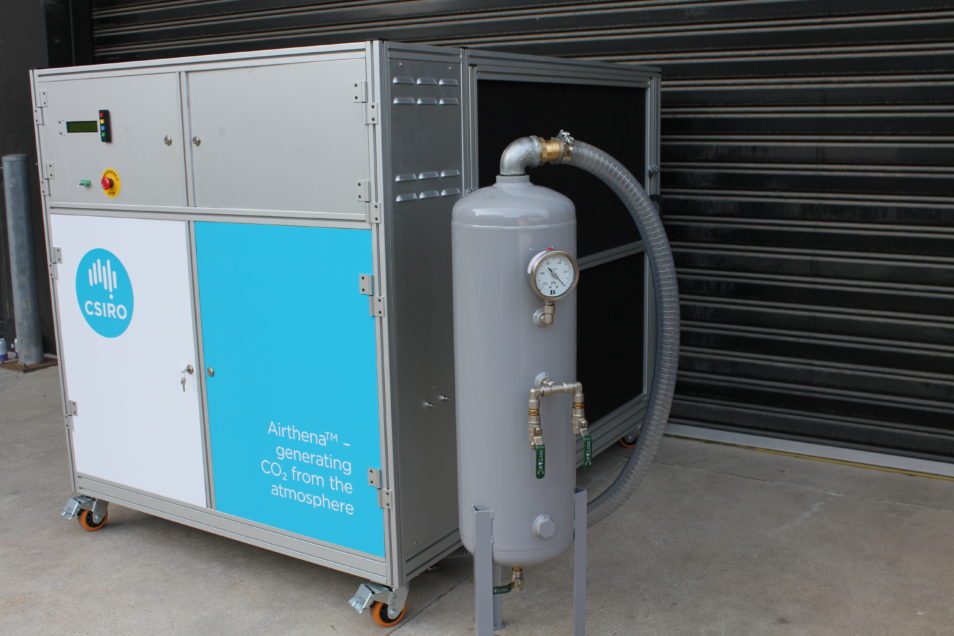
More than 32 billion tonnes of carbon dioxide (CO2) is released into the atmosphere every year. So it’s hard to imagine a shortage, right? No one wants to drink a flat beer, and here at CSIRO we don’t want that either! So, to tackle future shortages, we looked to our scientists to find a solution.
Around the time of the 2018 World Cup, a thirsty Europe was in fear of a beer drought. Naturally, panic ensued. The dramatically low supplies of CO2 (aka beer bubbles) left brewers flat. Thankfully, the shortage only lasted a few weeks. Yet it is one of the worst supply situations to hit European CO2 markets in decades.
A CO2 shortage, you say…
When European ammonia fertiliser plants had a lower than average production rate, they were shut down for maintenance. Consequently, CO2 supplies took a hit. It was a particularly hot summer in 2018, and a thirsty Europe consumed copious amounts of beer that year.
CO2 is typically generated as a by-product of making ammonia for fertiliser, then bottled up and distributed. The lack of CO2 supply in 2018 wasn’t an isolated incident. CO2 supply shortages were experienced several times over the last decade. This included Australia, but on a much smaller scale.
Who needs CO2 anyway?
More than 100 million tonnes of CO2 is in demand each year, and it’s not all for beer and fizzy drinks. Many industries require CO2, particularly the food production industry. CO2 is used to extend the shelf life of packaged vegetables and meat, and in controlling the temperature of agricultural greenhouses where some of our fruit and vegetables are grown.
CO2 is also used in industrial cleaning, and public swimming pools for monitoring pH levels. Then there’s the chemicals industry that uses CO2 as a feedstock for making other compounds and materials such as methanol and methane.

Mining CO2 from the air
Thankfully we’ve come up with a potential solution. We’ve developed a way to capture CO2 directly from the air and recycle it for use on demand. We worked on this with our partners at Monash University, Energy Infrastructure and Resources, and H2H Energy.
Our clever technology, called Airthena, takes advantage of tiny super crystals known as metal-organic frameworks which absorb CO2 like a sponge. It’s a simple and cost-effective way to capture CO2 already in the atmosphere and put it to good use.
It’s a great alternative to typical onsite methods some companies use for generating CO2, which involves burning natural gas. This method is subject to price and supply fluctuations of natural gas and uses large purification equipment.
At this stage, Airthena can capture and recycle two tonnes of CO2 a year. It’s not enough to make a dent in global carbon emissions right now. But it is a more efficient and reliable way for companies to source and generate their own CO2.

Getting Airthena ready for market
We’re now ready to work with industry on further research and development to improve Airthena so it’s market ready.
We’re exploring two opportunities: cost reduction for small-scale use and further technology development for large-scale industry use. If we reduce the cost of Airthena, it could be used in small-scale applications such as for bubbles in beverages. Partnering with the food production industry to scale-up the technology allows it to capture much more CO2 and be more widely used.
Making this technology available around the globe could help ensure beer shortages are a thing of the past. (phew!) This could also help companies to reduce their carbon footprint – it’s a win-win!


7th February 2020 at 3:07 pm
could be developed and counted as ‘carbon capture’?
7th February 2020 at 10:51 am
So…drink more beer and use more CO2. That’s the answer we are looking for?
Sure there is a flaw in the argument somewhere, but difficult to look past it.
7th February 2020 at 9:57 am
Could it be used in the chimneys of our coal fired power stations? We seem to be politically stuck with them. Don’t know what we would do with it, though we are going fairly well with the geo-sequestration half of pilot plant Carbon Capture and Geo-Sequestration in the Otways. Dud till now with the first part.
Making beer produces CO2. That’s where the fizz used to come from.
7th February 2020 at 9:20 am
How is building of Csiro glass houses that were destroyed in hail storm?
7th February 2020 at 3:28 pm
Hi Anne,
Thank you for your concern about the damage to our glasshouses from the recent hailstorm.
We will be looking at new technologies, designs and materials as we plan how to recover from this unfortunate incident and rebuild or replace glasshouses on site.
Kind regards,
Kashmi
Team CSIRO